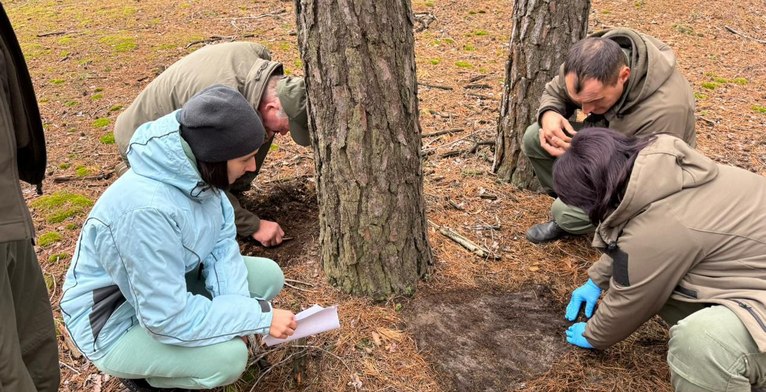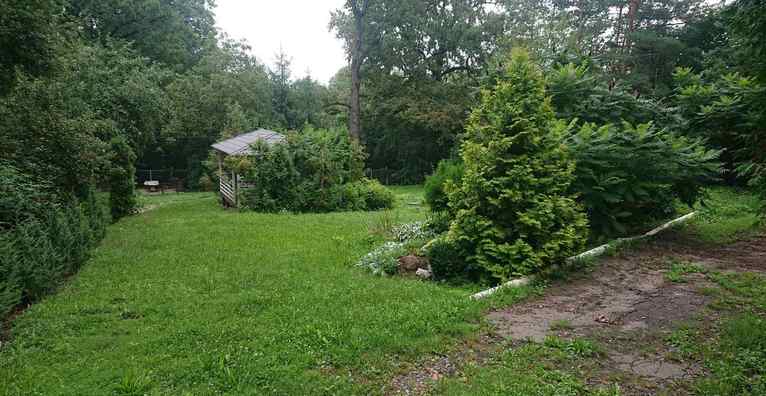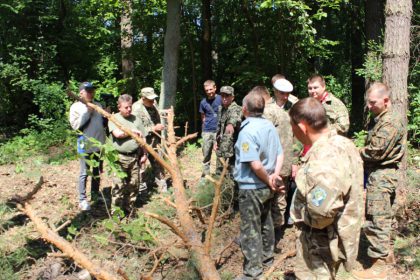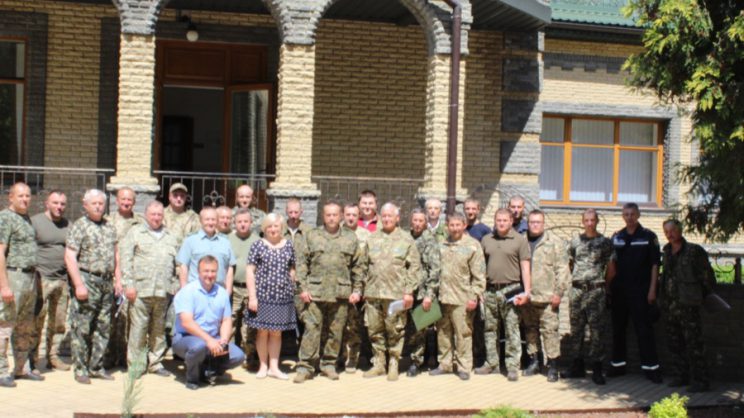The seminar on discussing the problem of pine drying took place in Sumy region. Organized by the forestry department of the Sumy Regional Forestry and Hunting Administration, it was held at the Konotop forestry enterprise. The seminar was attended by chief foresters and forest protection engineers of the administration's enterprises, specialists from Kharkivlisozakhyst, the leadership of the Konotop district, representatives of the public, and mass media.
"On June 15, the quiet season ends, and work on the development of affected forest areas will resume. Therefore, the purpose of our meeting is analytical. We analyzed the dynamics of pest spread, detection methods, and control strategies. Currently, 1,203 hectares of forest areas affected by bark beetles have been identified in forests under the administration's enterprises, with a total volume of about 37.5 thousand cubic meters. Compared to western regions, it is not critical, but the problem exists, and it has a tendency to spread, which in the future may become a real threat to the loss of pine plantations on a large scale," said Oleksandr Tovstukha, Deputy Head of the Sumy Regional Forestry and Hunting Administration, during the seminar's opening.









